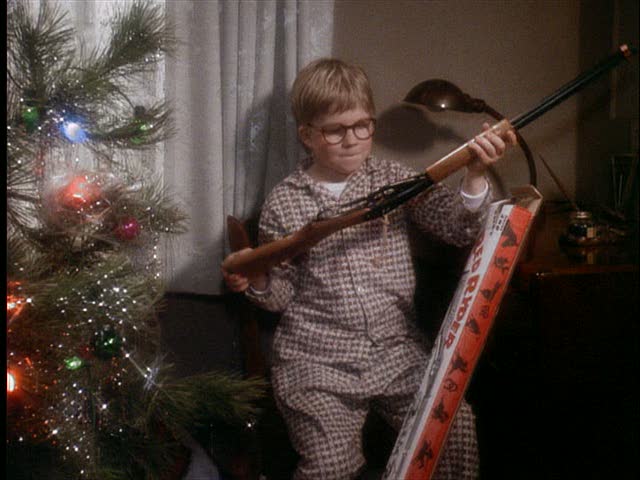What To Do Before Buying a Gun as a Gift

With the winter gift-giving season rapidly approaching, gun stores across the country are enjoying an uptick in sales. They are also preparing for a wave of customers trying to return gifted firearms on Monday the 26th, unhappy to be reminded that those items are non-refundable and must instead be sold back at a considerable loss. Customers don’t like losing money and retail employees don’t like dealing with unhappy customers, so do everyone a favor and don’t buy someone a gun as a surprise gift.
In my time working behind the counter at a gun store, I have encountered numerous examples of people trying to buy firearms as gifts for family members. I hate to stereotype, but in my experience, it’s almost always a middle-aged or older man shopping around for a concealed-carry handgun to get his less-gun-savvy wife or daughter into shooting. Whenever a lone male customer asks, “what’s a good gun for a woman,” I always go through the same script and refuse to sell unless the actual recipient is present. This isn’t for legal reasons; in Virginia as in California, it is perfectly legal to transfer almost any firearm to a direct family member without any government paperwork or background check. The real reason is that there’s no guarantee the recipient actually wants that specific make and model or can even manipulate all the controls. If physically present, the recipient can make sure he or she can run through whatever motions are needed to use the gun safely and effectively. It may be easy for you as an experienced shooter to work the slide on an autoloading pistol or cock the hammer on a revolver, but the loved one for whom you’re shopping might have serious trouble. You might adore your Glock or M&P, and with good reason, but the recipient of your generous gift may very well prefer a revolver’s less complex manual of arms.
Additionally, there’s the important matter of recoil management. Hammerless J-frame revolvers are especially popular as gifts for less experienced shooters for personal protection—with a smooth profile and extremely simple control scheme, something like a Ruger LCR or Smith & Wesson Model 442 can be a great option for concealed carry. Anyone who has fired one knows that they have a number of deficiencies that make them much more difficult for beginners to use. The short barrel, tiny grip, and light weight make for a very snappy recoil impulse that can teach new shooters bad habits; the heavy double-action trigger and minimal sights further impair practical accuracy.
Fortunately, there is an obvious solution to the problems inherent with giving firearms as gifts to family members: all you need to do is spoil the surprise early. First, take the recipient to the shooting range and make sure he or she is interested in owning a gun and can safely and effectively handle yours. Better yet, hire a certified instructor through SDCGO’s #WhatTheGun page to work with your family member. Take note of what size and which features seem to work the best. Next, take the recipient to a gun store you trust and spend some time there so the recipient can get his or her hands on a variety of different makes and models to find a favorite. Only after the recipient has actually decided what he or she wants, go out and buy it at your earliest convenience so you can have it ready on the day you want to give the gift. If your family member is a new shooter, don’t forget to include ear and eye protection, ammunition, targets, and cleaning supplies.
In short, don’t buy anyone a gun as a gift unless the recipient is absolutely sure it’s what he or she wants. Just because a particular firearm works well for you doesn’t mean it’s the right option for someone else—after all, if there was only one good gun, stores would only sell that one. You already make sure to do your research when picking out any other non-firearm gift, and that’s exactly what you’re doing when you follow the advice above. It’s well worth spoiling that fleeting moment of surprise to ensure a lifetime of safe and happy shooting.
